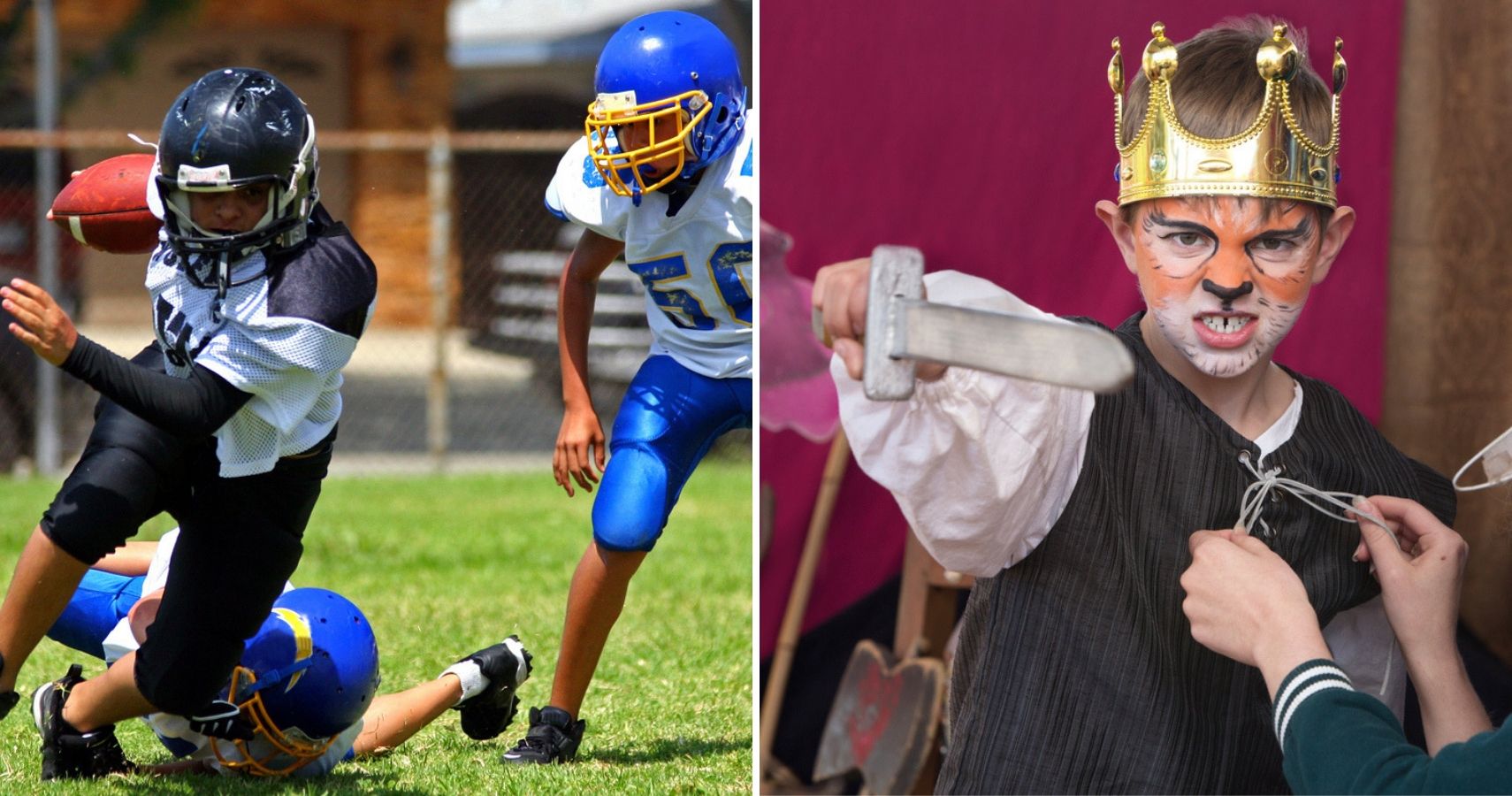Parents know that kids who participate in some sort of after school activity are more well rounded. Not only is it giving them something to do and be committed to, it shows dedication which comes in handy in the future. But there many parents who, as much as they want to let their kids participate, simply can't or won't. This reluctance more often than not comes from the financial commitment parents have to make for children to participate. Sure, something like little league or ballet sound great, but they are not often without great cost. And that keeps many kids from being able to participate.
The C.S. Mott Children's Hospital National Poll on Children's Health at the University of Michigan shows that 18 percent of middle and high school aged children are not participating in any extracurricular activities this year. According to the poll, lower income (under 100K a year) students are twice as likely to not be participating in any sort of activity. If we're using $100,000 a year as the benchmark for "low income," it's not surprising that so many kids are being priced out of participation.
"Extracurricular school activities have been shown to boost educational achievement, personal development and social opportunities," says Sarah Clark, co-director of the poll. "But barriers to participation prevent some children from enjoying the benefits that these experiences offer."
About half of the students from the poll are participating in sports, which includes varsity and intramural teams. Many parents are already aware of the very high cost of having a child involved in sports. A good amount of those costs are up-front, from registration to participation fees to then having to buy gear and equipment.
Participation fees average about $161, but according to the poll, 18 percent of parents were paying fees over $200. When all is said and done, sports parents could be paying an average of $408.
Participating in the arts is definitely cheaper than having a child in sports, but it still costs something. More than 40 percent of the students in the poll participate in some sort of performing arts, be it theater, music or dance. Most of those fees average less than $100, but 12 percent cost more than $200. On average, the overall cost is about $251, which is about half of what sports costs. Additionally, students also participate in school clubs and activities like student council, but those costs are significantly lower. The overall average is only $126.
"Children of parents who didn't perceive benefits outweighing the cost were least likely to being involved in sports, arts or clubs," Clark adds.
It's important to note that parents are often very aware of the benefits of participation. But they often cannot justify the costs for participation. There are a lot of factors to take into consideration for parents that ultimately impact their decisions. Based on these numbers, it is very obvious that pay to play activities are not made equal for all kids.
READ NEXT: 5 Reasons Why You Don't Need To Go To All Of Your Kids' Sports Games

